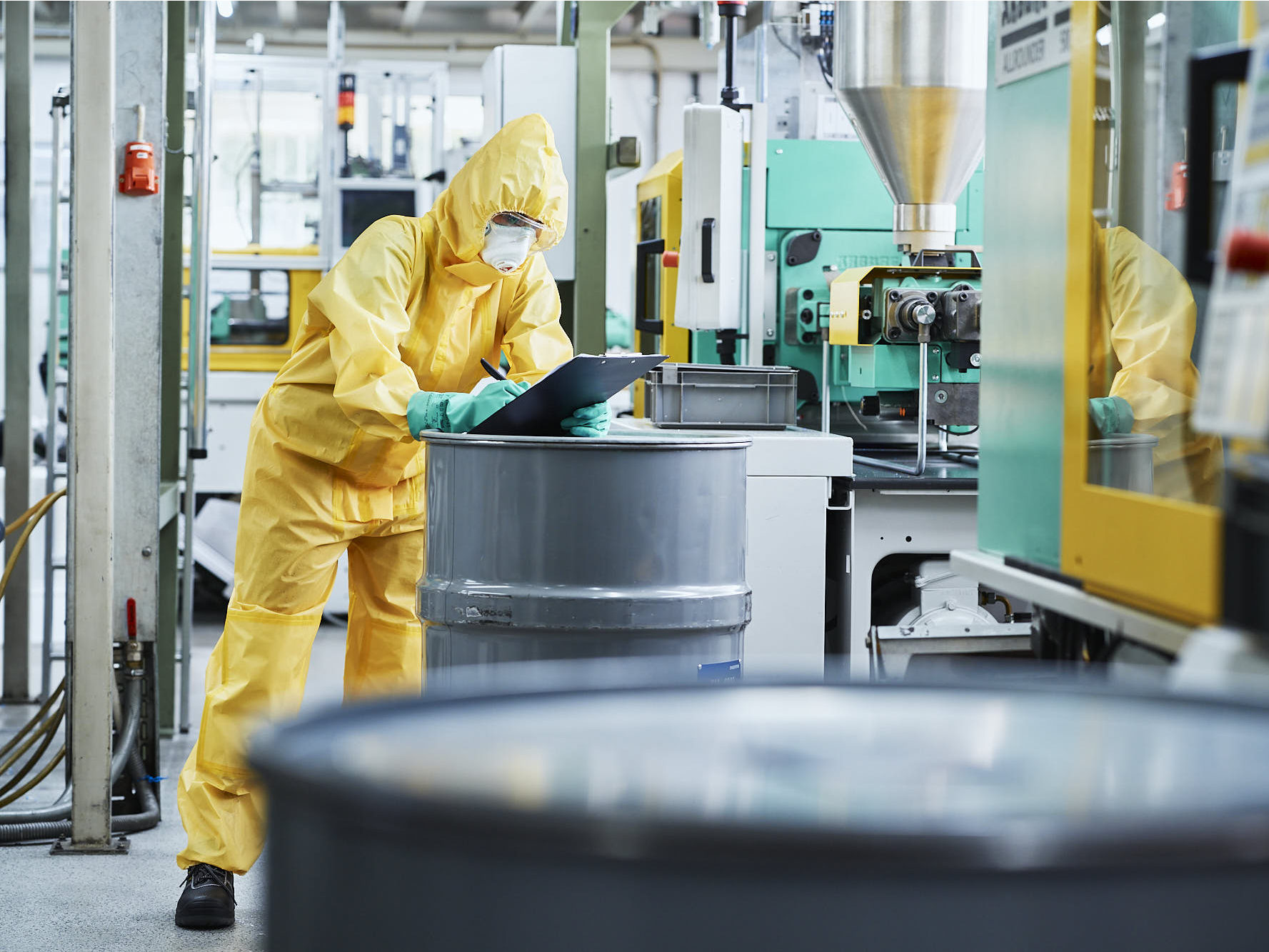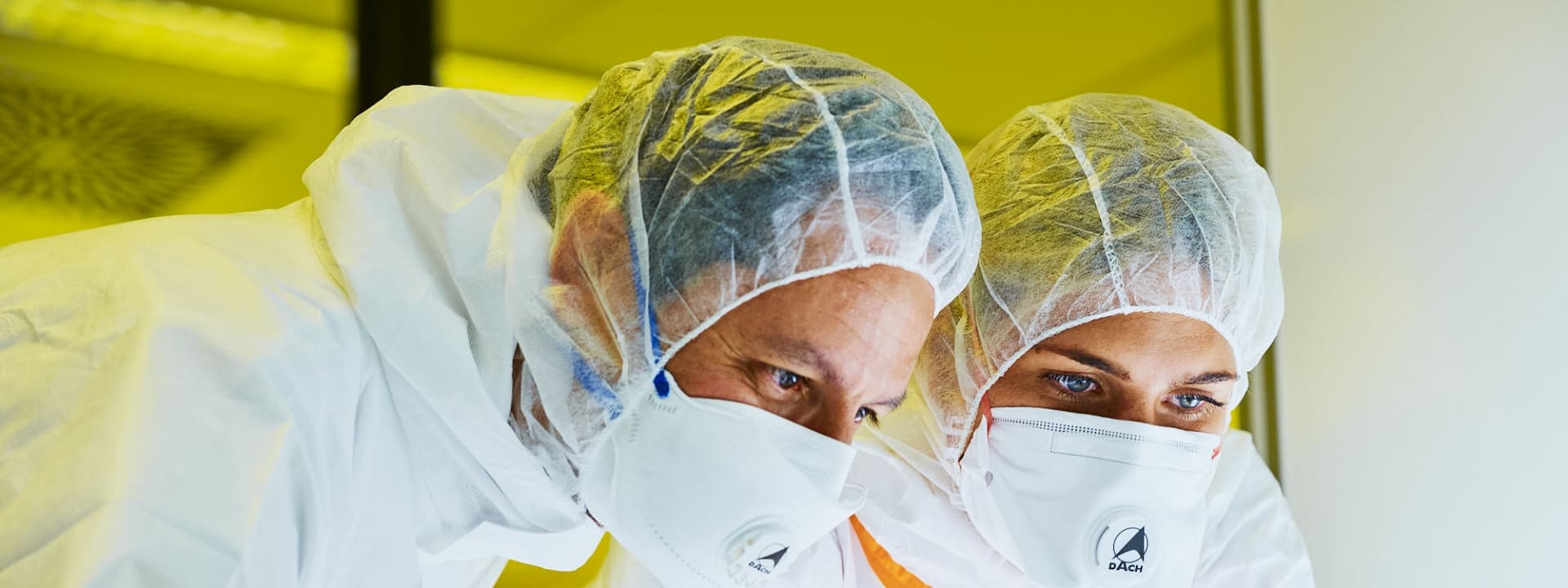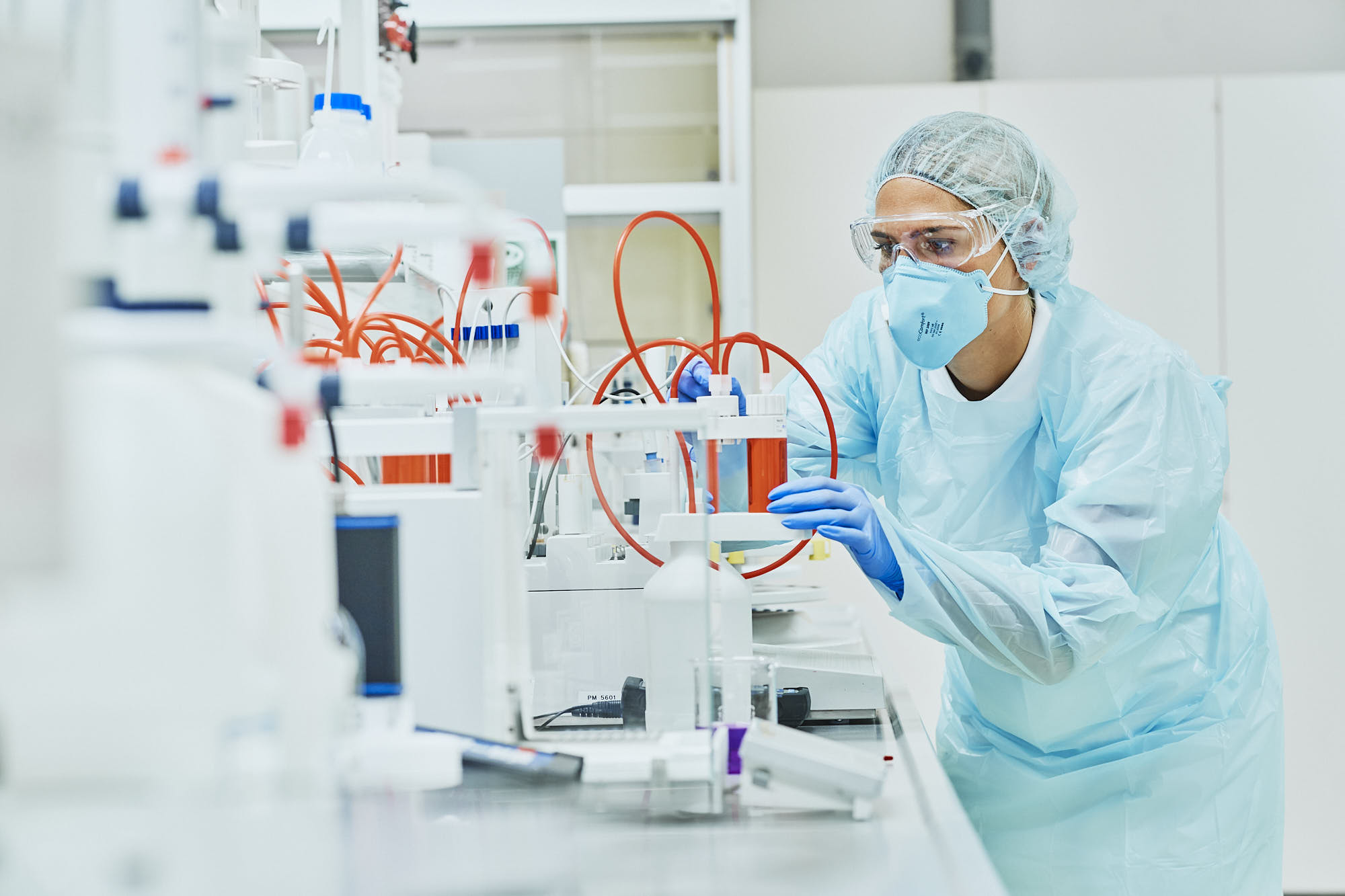EN 21420: General requirements for protective gloves
- Sommeraktion
- Branches
- Clean Room
- Information
- Products
- Respirators
DIN EN ISO 21420:2020: General requirements and test methods for protective gloves
Scope of application
This standard specifies the general requirements for protective gloves in terms of design, construction, harmlessness, comfort, suitability for use, labelling and product information.
Definition
A protective glove is a component of personal protective equipment designed to protect the hand or all areas of the hand from injury; the glove may also cover part of the forearm or arm.
Classification
A performance indicator in the form of a code number (e.g. between 0 and 4) shows how a glove performed in a specific test. This indicator can be used to rank the results of the test. The performance indicator 0 indicates that this glove has either not been tested or does not meet the minimum requirements. The higher the number, the better the performance.
Requirements
Design and construction
- The gloves must ensure the highest possible level of protection in the specific conditions of use.
- In the case of gloves with seams, the strength of these seams must not affect the overall performance of the glove.
Noxiousness
- The gloves themselves must not cause harm to the user.
- The pH of the gloves must be between 3.5 and 9.5.
- The chromium content (VI) must be below the detection level (< 3.0 mg/kg).
- If care instructions for gloves are supplied, the performance levels shall still be maintained after the maximum recommended number of washing cycles.
Electrostatic properties
- Antistatic gloves to reduce the risk of electrostatic discharge must be tested in accordance with standard EN 1149.
- The test values obtained must be stated in the instructions for use.
- An electrostatic pictogram must not be used.
Size
- Gloves below the minimum length must be labelled "Suitable for special purposes".
Free movement
- Compliant with its purpose, a glove must allow as much freedom of movement as possible.
Transmission and absorption of water vapour
- When necessary, gloves must allow transmission of water vapour (5mg/cm2 h).
- If gloves do not allow transmission of water vapour, the value shall be at least 8 mg/cm2 for eight hours.


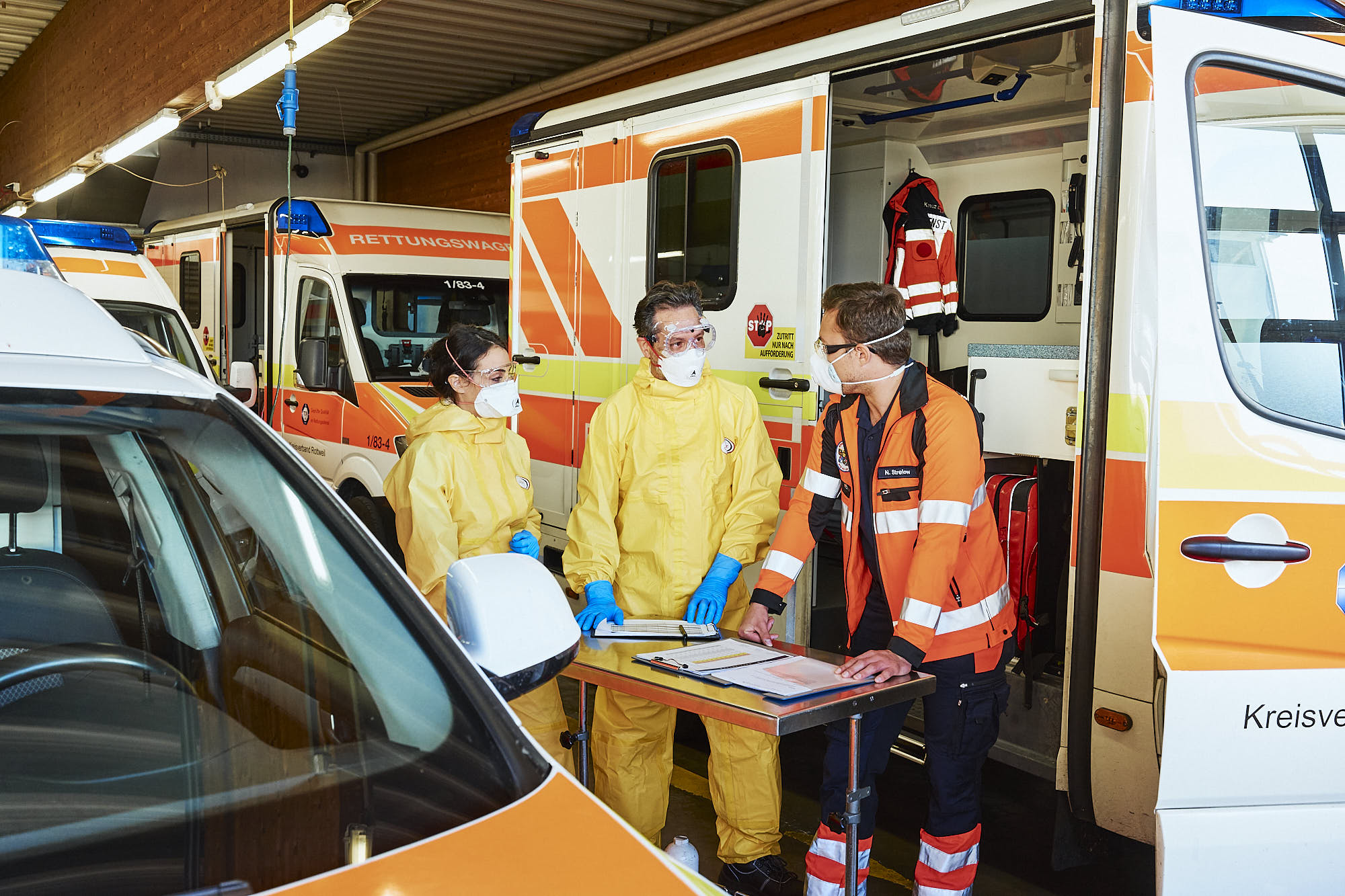

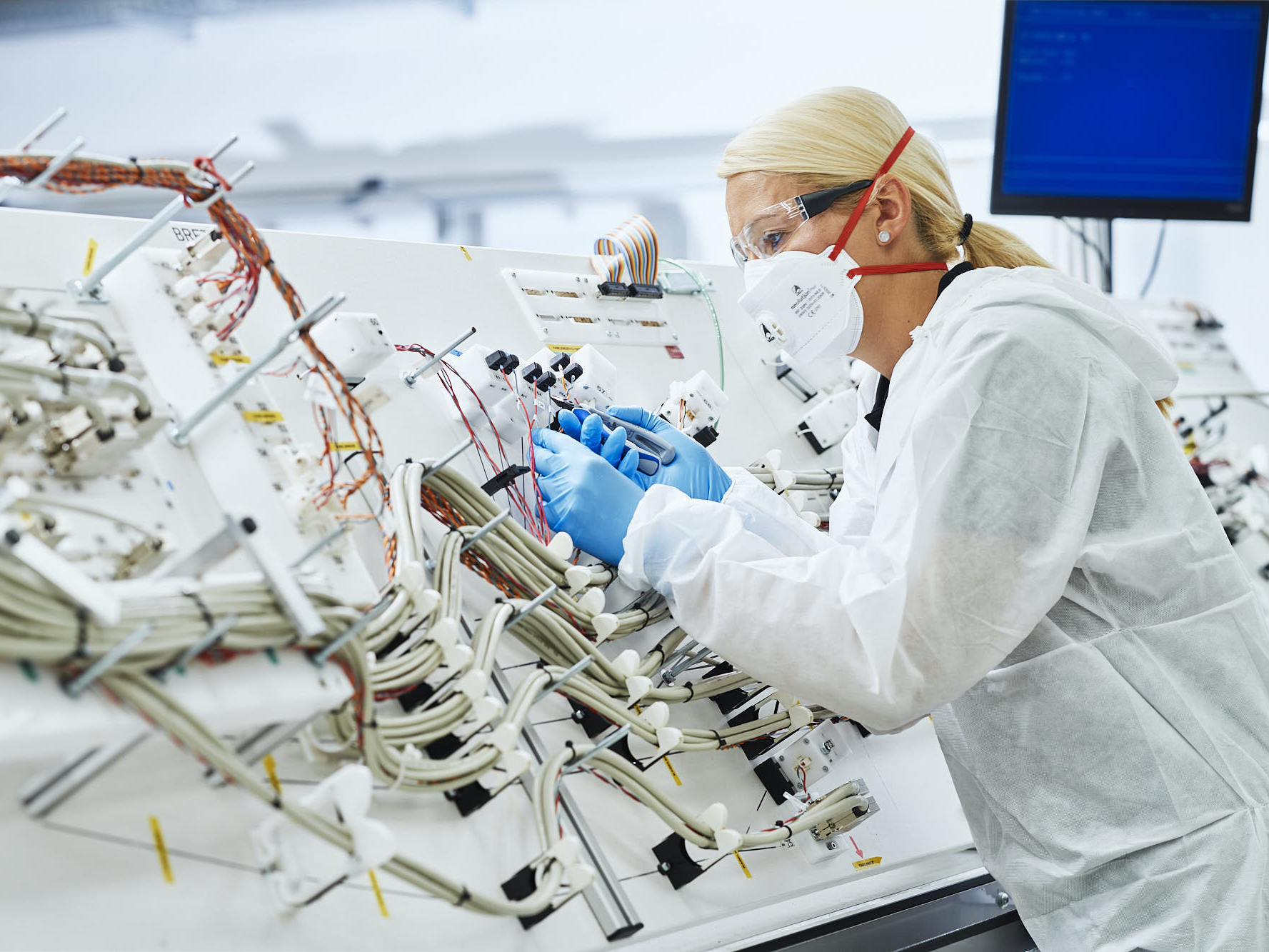
.jpg)
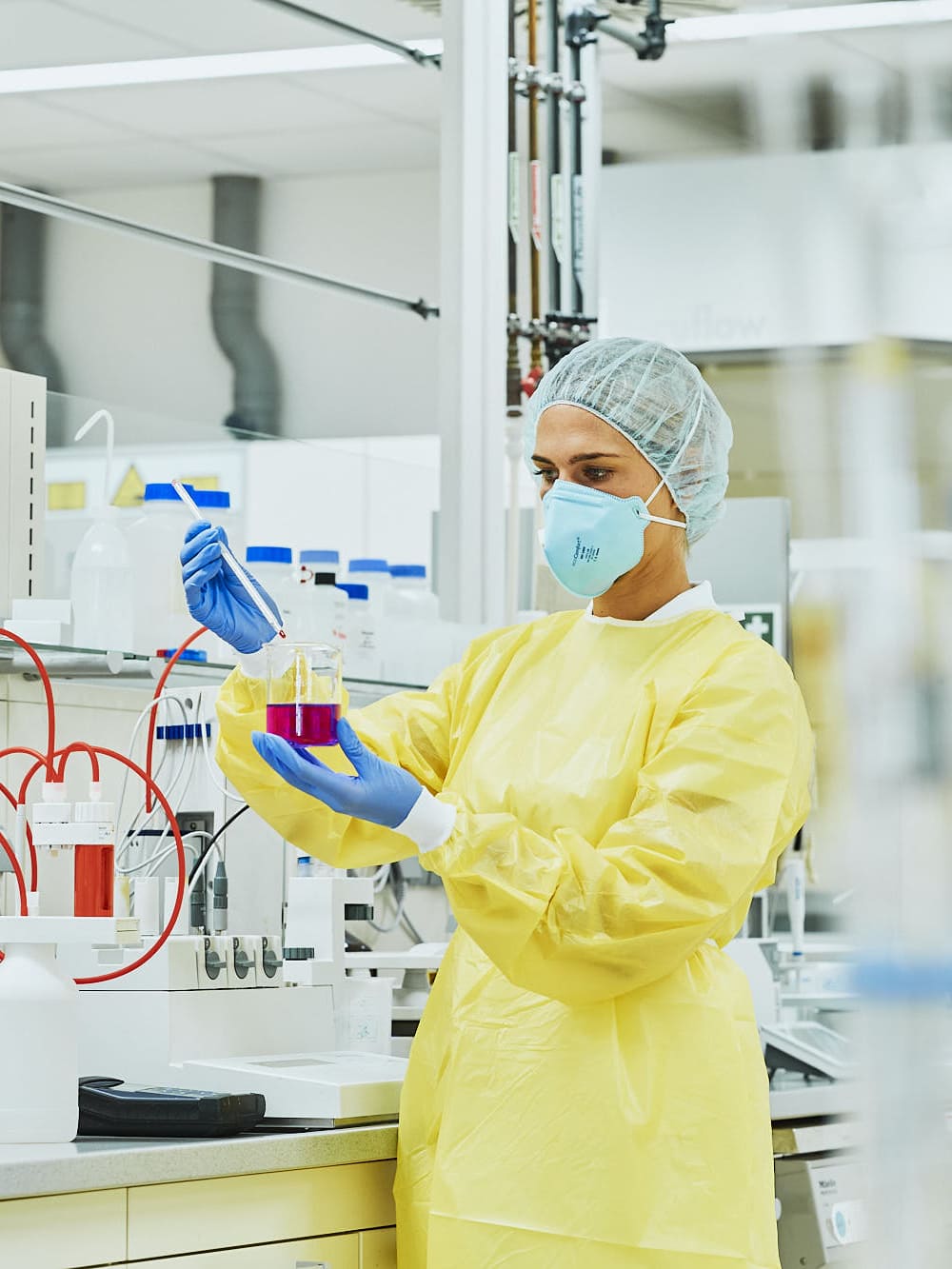
.jpg)
.jpg)
